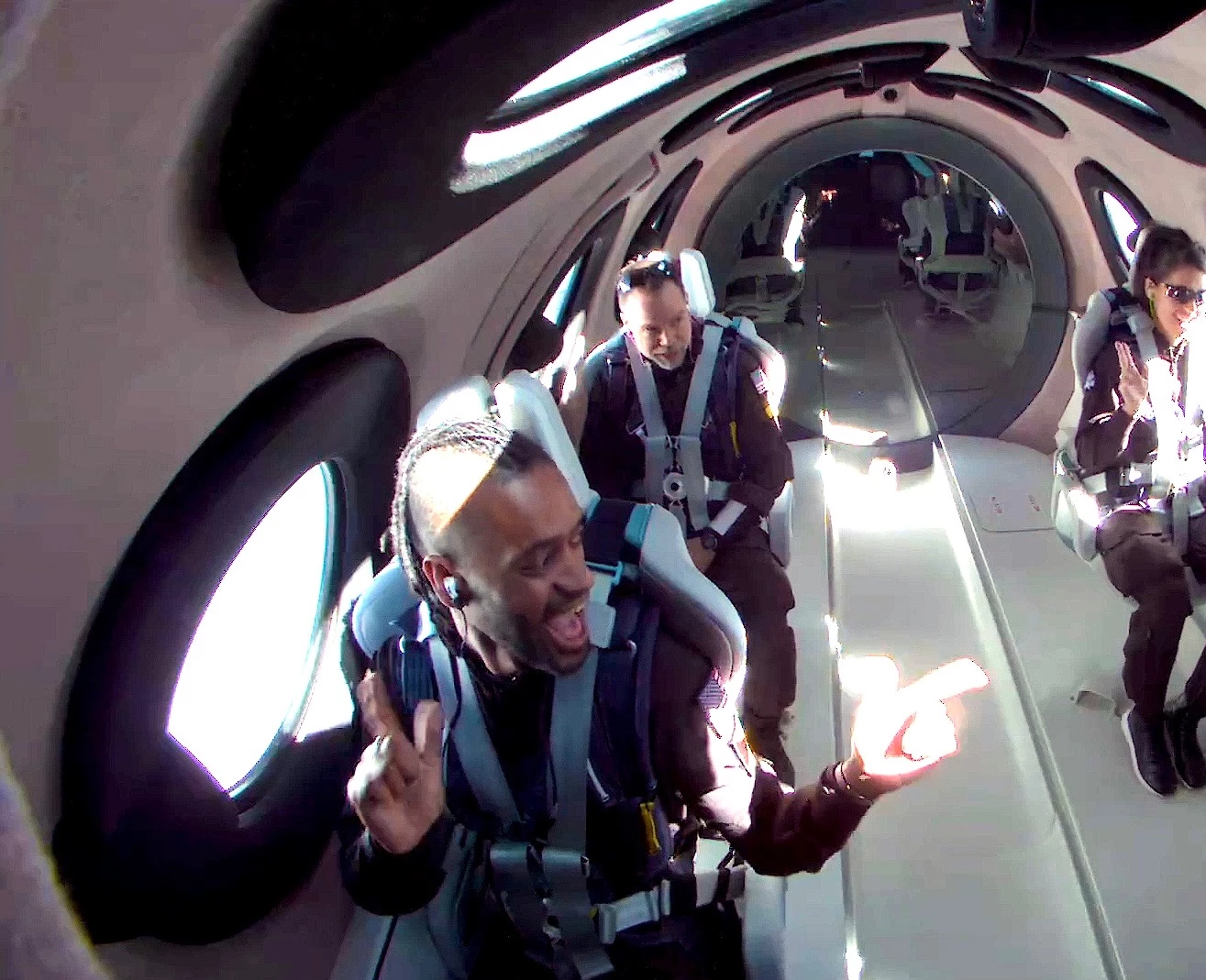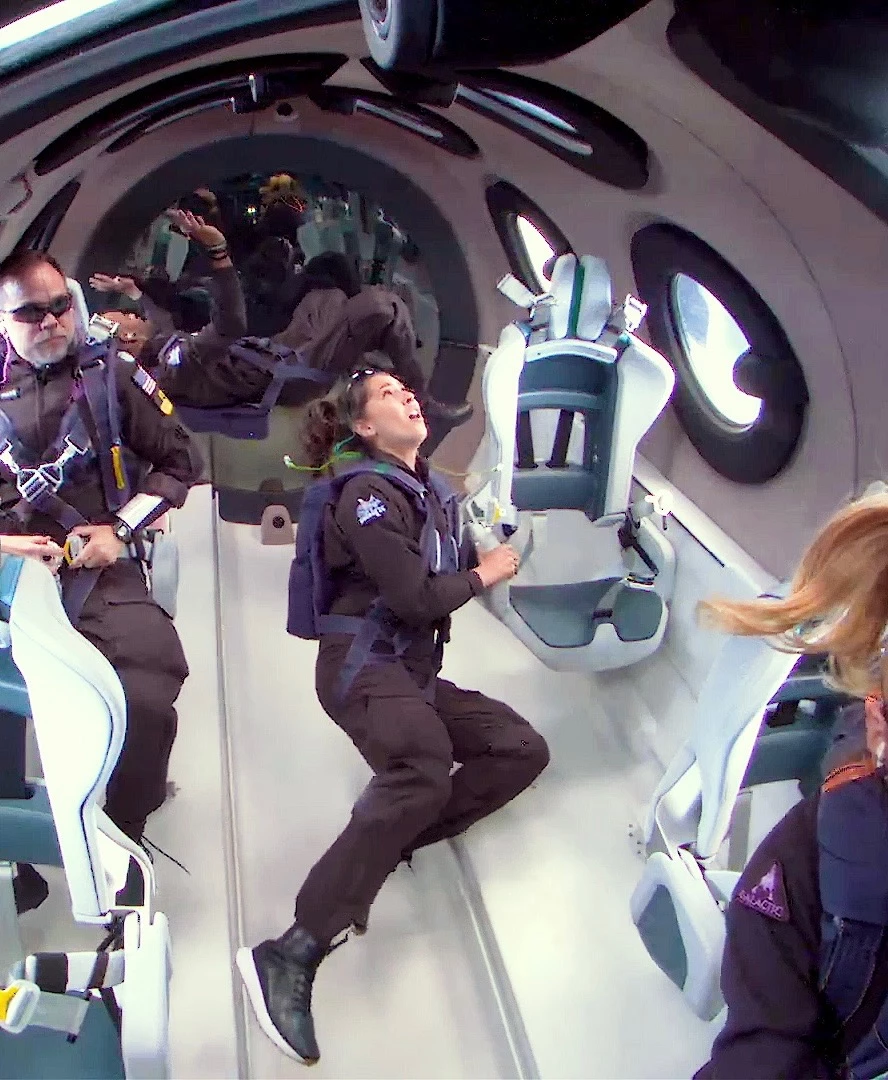After Virgin Orbit vanished in bankruptcy court, Virgin Galactic announced its first spaceflight in two years as the Unity 25 mission rocketed to an altitude of 54.2 miles (87.2 km) on May 25, 2023 in the skies over Spaceport America, New Mexico.
The flight of VSS Unity took off at 9:15 am MT slung beneath the mothership VSS Eve. With C J Sturckow and Dave Mackay at the controls and four mission specialists and astronaut instructors aboard, the spaceplane was released at 44,500 ft (13,500 m) and ignited its hybrid liquid/solid engine, propelling it on a suborbital trajectory to the edge of space, reaching a top speed of Mach 2.94.
Along with its passengers, Unity carried its first four human-tended NASA payloads during its 92-minute flight. According to Virgin Galactic, the primary objectives of the flight were to evaluate astronaut training and the flight experience as well as making the final assessment of VSS Unity and VSS Eve before paying passenger flights begin in June.
"The Unity 25 mission was a fantastic achievement for everyone at Virgin Galactic," said Virgin Galactic CEO Michael Colglazier. "Witnessing our inspiring crew's pure joy upon landing, I have complete confidence in the unique astronaut experience we have built for our customers. Our teams now begin post-flight analysis as well as preparation for 'Galactic 01,' our commercial research mission planned for late June."
Source: Virgin Galactic







